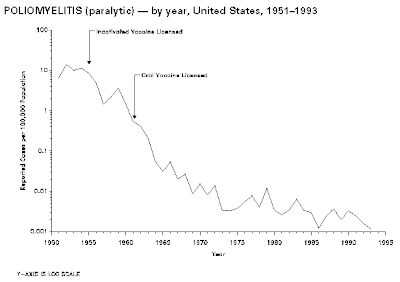.jpg)
Also posted over at Paramedicine 101. Go check out the rest of what is there.
A study of prehospital intubation[1] was just published. The surprising result is that in the system studied they are able to intubate 3 out of 4 patients they try to intubate.
I will write another post with more detail on this. From that study, there are some quotes worth reading.
Compliance with documentation of ETCO2 was poor.
This suggests that the medics do not understand the connection between exhaled CO2 and intubation.
Let me rephrase that. This suggests that the medical directors have been unaware of the lack of documentation of ETCO2.
and
The medical directors appear not to have done a good job of explaining the importance of assessing CO2 in tube placement confirmation.
There you go blaming the medical directors, again.
Yes. How do you provide oversight of paramedics and not notice that there is no documentation of, or that there is less than adequate documentation of, exhaled CO2?
I give up.
I don’t know the answer to that one either, but there is good news.
Since the completion of the study, training and education on the use of capnography interpretation and documentation have been emphasized by the group of supervising EMS medical directors, and continuous-waveform capnography is now incorporated into the airway management protocol.
That is reason to celebrate!
Maybe.
Maybe they learned from the study, but why did it take a study to get them to notice that The Gang That Couldn’t Shoot Straight needs remediation?
Why do the medics not understand the importance of capnography?
Why do the medical directors not understand the importance of capnography?
Here is one partial answer:
Our finding that EMS providers reported only 70% of attempted intubations suggests that self-reported rates of intubation may underestimate the number of intubation attempts and therefore overestimate success rates.
Footnotes:
^ 1 A prospective multicenter evaluation of prehospital airway management performance in a large metropolitan region.
Denver Metro Airway Study Group.
Prehosp Emerg Care. 2009 Jul-Sep;13(3):304-10.
PMID: 19499465 [PubMed – in process]
All quotes are from this study.
.



Subscribe to RogueMedic.com